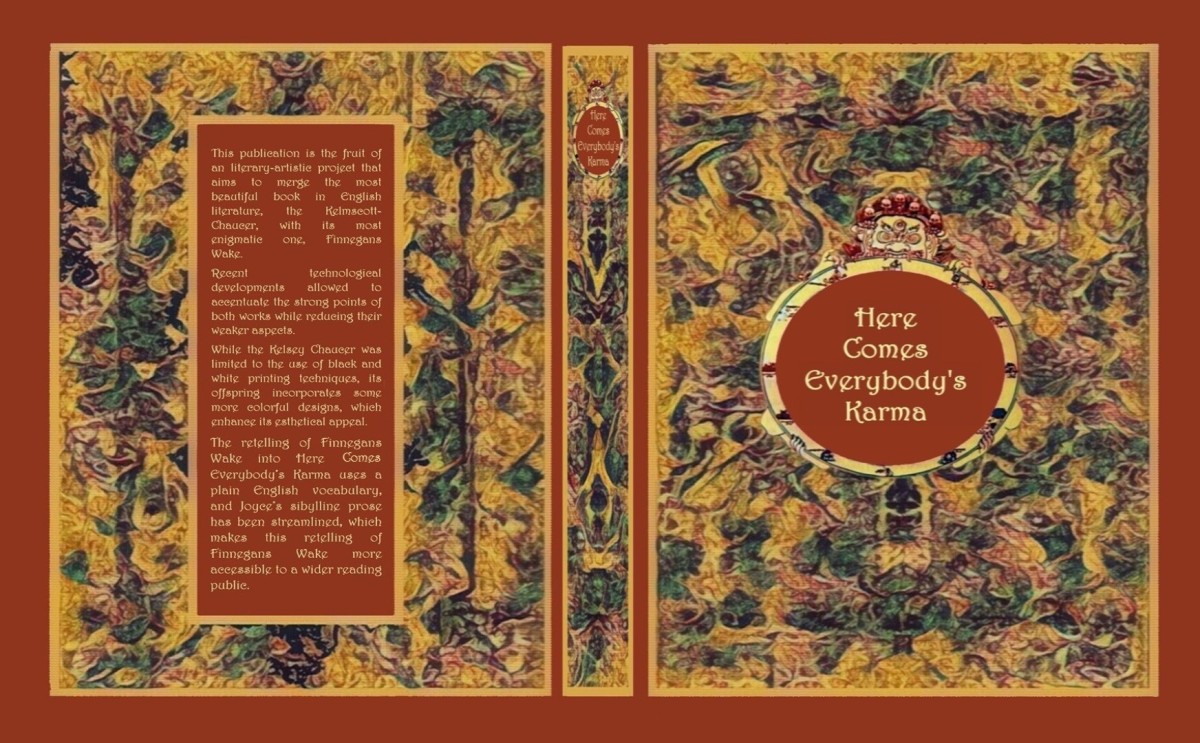Yoyo Busco joined our writer’s team and his tales are characterized by a whimsical cocktail of absurdity, dry wit, and intellectual slapstick, with a generous dash of affectionate parody.
The Color of Crime is what happens when eldritch horror, academic bureaucracy, and one extremely sarcastic wardrobe collide. Follow Constable Virginia Holmes, a spell-addled ex-student; Zipzap, a tourist with more curiosity than caution; and Buttercup, a sentient mushroom with feelings, as they tumble through magical conspiracies, prophetic books, and increasingly unhelpful wizard orders. The world is ending. Again. Probably. But at least there’s a wedding. And maybe—just maybe—a cup of tea that doesn’t scream. Think cosmic horror, slapstick metaphysics, and a dash of existential dread. And remember: reality is optional.
The second installation of the Miskatonic Misbehave series “The Philosopher’s Stone goes Rogue” is lined up for release on October 24, 2025.
When the Philosopher’s Stone stops sitting quietly on its velvet pillow and starts thinking for itself, the laws of magic, logic, and polite academic debate go straight out the stained-glass window of Miskatonic University’s East Library Annex. Virginia Holmes-Adler—logician, occasional detective, and full-time wrangler of other people’s catastrophes—was hoping for a quiet term. Instead, she’s juggling:
A talking nightgaunt with a velvet baritone and a suspiciously complete wardrobe.
An opera-singing human who considers knitting an offensive weapon
A fungus with rhythm
And Zipzap (Professor Zephyrion Zappleton Holmes, if you’re feeling cruel), whose experiments tend to make Tuesday vanish.
Now the Stone has developed ambitions. Dangerous, glowing, personal ambitions. And if Virginia can’t stop it—or teach it manners—it might just rewrite reality into something unbearably tidy.
Featuring:
Rogue squirrels with political agendas
Wardrobes that explode
Tea with tentacles
And the most illogical wedding in academic history
Because sometimes, the only way to save the multiverse… is to marry logic into submission.



